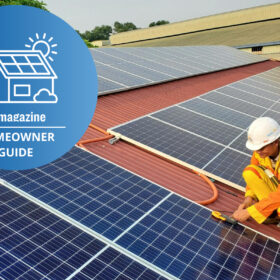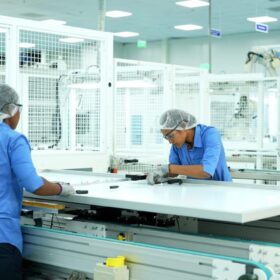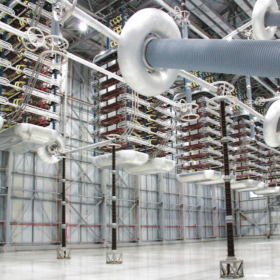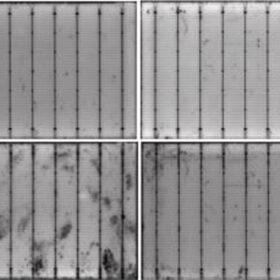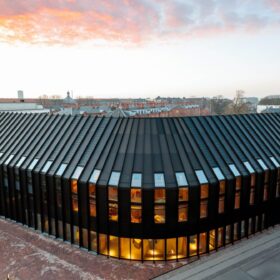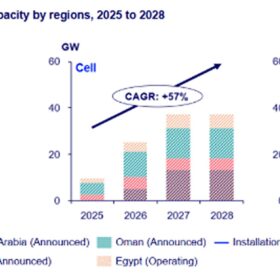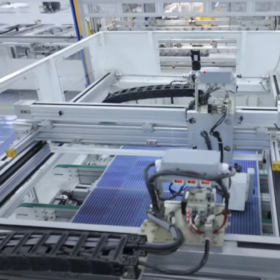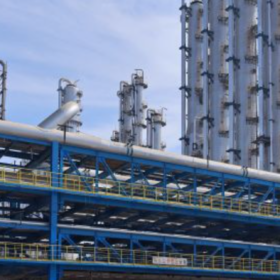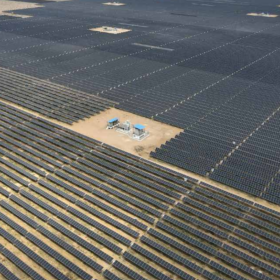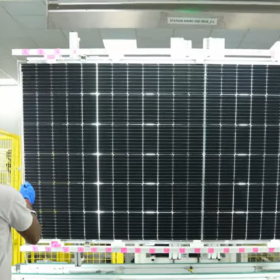Hitachi Energy India Q4 revenue up 13.1% YoY
Hitachi Energy India has reported a revenue of INR 1,921.9 crore in January–March 2025, a YoY growth of 13.1%. Profit after tax is 61.8% up YoY at INR 183.9 crore.
pv magazine Homeowner Guide: Top tips and red flags to home solar
pv magazine is compiling a guide to home solar installations, aimed at those who are interested in installing but are new to the market and want to make an informed decision. We have spoken to associations, installers and industry specialists in major solar markets across the globe to compile best practice guidance and advice that aims to be applicable to home solar installations anywhere in the world. The first part of the series aims to help homeowners looking to embrace PV identify the best installers on the market.
Tata Power Q4 profit up 25% YoY to INR 1,306 crore
Tata Power has reported a net profit (profit after tax) of INR 1,306 crore and revenue of INR 17,328 crore for the fourth quarter of FY 2025.
Building the hydrogen economy: Overcoming infrastructure challenges
Building India’s hydrogen economy requires strategic infrastructure planning, targeted investments, and supportive policies. As industrial leaders continue demonstrating the viability of renewable energy transitions, the groundwork for hydrogen infrastructure follows naturally.
GE Vernova unveils INR 1.4 billion investment plan to expand manufacturing footprint in India
GE Vernova has announced a strategic investment of around INR 1,400 million ($16 million) to expand its electrification manufacturing and engineering footprint in India. The investment includes the development of a new HVDC/FACTS manufacturing line in Chennai and a cutting-edge engineering & test lab in Noida.
Researchers warn of ‘hidden contaminants’ that could increase TOPCon, HJT solar module humidity-induced degradation
Australian researchers have identified five contaminants that could increase damp heat-induced degradation in TOPCon and heterojunction cells and modules. Their analysis has shown these contaminants could originate from improper handling during cell or module processing.
Danish startup launches solar tile for pitched roofs
Solartag has developed a 71 W solar tile with a weight 14.2 kg/m² and a power conversion efficiency of 16%. The new product relies on black PERC cells and is standardized for mass production, according to the manufacturer.
US-China tariff negotiations and impacts
Although the suspension of the 24% tariff under Section 301 sends a signal of easing, the retention of the full 10% under Section 201 and the average 83% anti-dumping/countervailing duties means that Chinese solar PV exports to the US still face a combined tax rate of nearly 200%.
Middle East, North Africa solar manufacturing capacity to reach 44 GW by 2029, says WoodMac
Wood Mackenzie forecasts the Middle East and North Africa region will emerge as a tariff haven and overtake Southeast Asia as a top solar export hub, becoming the primary exporter of solar panels to the US towards the end of this decade.
Solex Energy profit soars 390% to INR 42.79 crore in FY 2024-25
Consolidated revenue jumped 81% to INR 665.82 crore.

